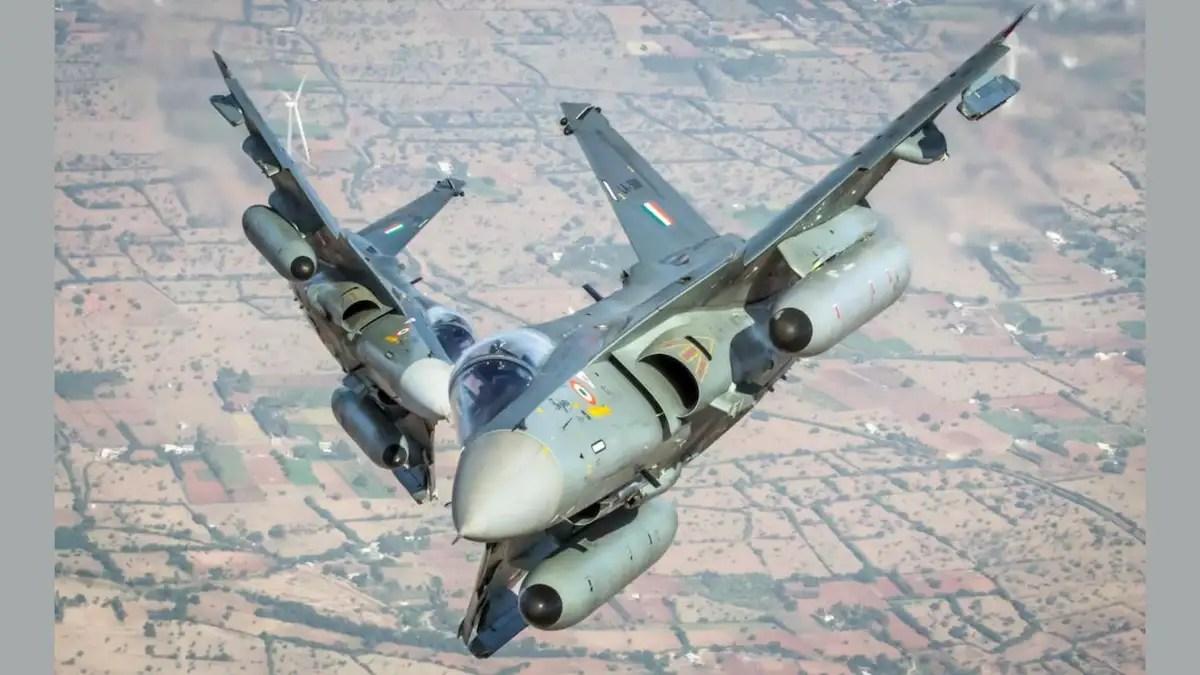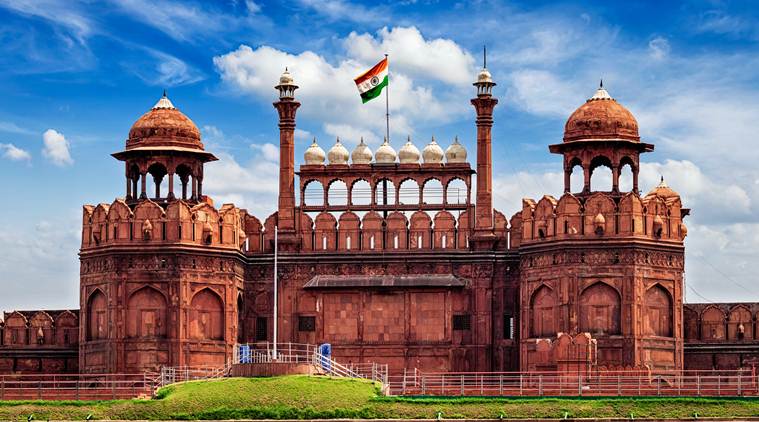This year, heat waves have become a major concern in India. According to recent IMD reports, the scorching summer heat has arrived early. If the recent record temperatures are any indication, the heat wave is likely to intensify. Rising temperatures cause a variety of health issues, ranging from dehydration and heat exhaustion to more serious conditions such as heatstroke. They also have an impact on the economy and the environment.

What exactly is a heat wave?
- A heatwave is an extended period of unusually hot weather.
- Heatwaves can occur in both dry and humid climates and last for several days or weeks. They are distinguished by temperatures that are significantly higher than the regional average for that time of year.
- This is because climate change is causing global temperatures to rise. As the planet warms, more extreme weather events, such as heat waves, occur. India is particularly vulnerable to these events due to its geographical location.
Heatwaves in India
- Heat waves are common in India from March to June, and in rare cases, they can last until July.
- Every year, five to six heat wave events occur in the northern parts of the country.
- Single events can last weeks, occur in succession, and affect a large population.
- India is particularly vulnerable to these events due to its geographical location.
- In recent years, India has experienced some of the hottest summers on record.
- In May 2016, the temperature in Phalodi, Rajasthan, reached 51 degrees Celsius, the highest ever recorded in the country.
- On May 22, 2021, India experienced its hottest day, with temperatures reaching 48 degrees Celsius in Barmer, also in Rajasthan.
- Jaipur experienced a severe heatwave in 2022. In April, the temperature in Rajasthan’s capital reached 45 degrees Celsius, a monthly high for the city.
- Delhi, Agra, Pilani, and Rohtak are among India’s well-known hot cities, where temperatures have recently reached 43 degrees Celsius in early summer.
Link: Climate change and Heat waves
- Climate change is directly linked to an increase in the frequency, intensity, and duration of heatwaves around the world.
- More severe and more common: Heatwaves are becoming more severe and frequent as the Earth’s climate continues to warm.
- Global warming: This is due to changes in the atmosphere caused by global warming, such as increased greenhouse gas concentrations, which trap heat and cause temperatures to rise.
- For example, climate change is making heatwaves last longer. According to a study published in the journal Environmental Research Letters, heatwaves are lasting 2.5 days longer than they did in the middle of the twentieth century.
Heat waves’ socioeconomic impact
- Health Effects: Heat-related illnesses, such as heat exhaustion and heatstroke, are becoming more common, particularly among the elderly, children, and outdoor workers.
- Furthermore, heat waves can aggravate pre-existing health issues such as respiratory and cardiovascular disease.
Impact on the environment:
- One of the most serious issues is the depletion of water resources: as temperatures rise, water sources dry up, causing crises in many parts of the country.
- People use more air conditioning to stay cool, which increases electricity consumption. This increases the use of fossil fuels, which contributes significantly to air pollution.
Impact on agriculture:
- As a result of the environmental impact, agricultural problems arise, with crops failing and farmers struggling to make a living.
- Given that agriculture employs roughly 40% of India’s population, this is a major concern.
- Already, reports from Punjab and Western Uttar Pradesh indicate that the early heatwave has hampered wheat crop growth and is expected to reduce crop yield by 20%.
Impact on growth:
- Heat-related illnesses can have significant healthcare costs, especially for vulnerable groups who may not have access to affordable healthcare.
- Furthermore, heat waves can reduce worker productivity, which can have an impact on economic growth.
What can be done to address such issues?
- Raising public awareness: People must be educated on the effects of rising temperatures on their health, the environment, and the economy. This can be accomplished through public campaigns, education, and the media.
- Increase the use of renewable energy: India has made significant strides in this area. However, there is still much work to be done. Individuals and businesses could be incentivized by the government to invest in renewable energy, such as solar panels. This would help to mitigate the effects of rising temperatures, create new jobs, and boost economic growth.
- Improving water management could include installing more efficient irrigation systems, improving rainwater harvesting, and reusing non-potable water. This would aid in the conservation of water resources and the reduction of the impact of rising temperatures on agriculture.
- Investing in infrastructure that can withstand extreme temperatures: This could include the construction of heat-resistant roads and buildings, as well as the development of more energy-efficient cooling systems.
@the end
The rising heat wave in India is a serious issue that must be addressed immediately. Rising temperatures have serious consequences for human health, the environment, and the economy. However, with the right strategies in place, it is possible to mitigate the effects of rising temperatures and ensure the country’s long-term viability.
Source: https://indianexpress.com/article/opinion/columns/climate-scientist-india-heatwave-8475036/






.png)


